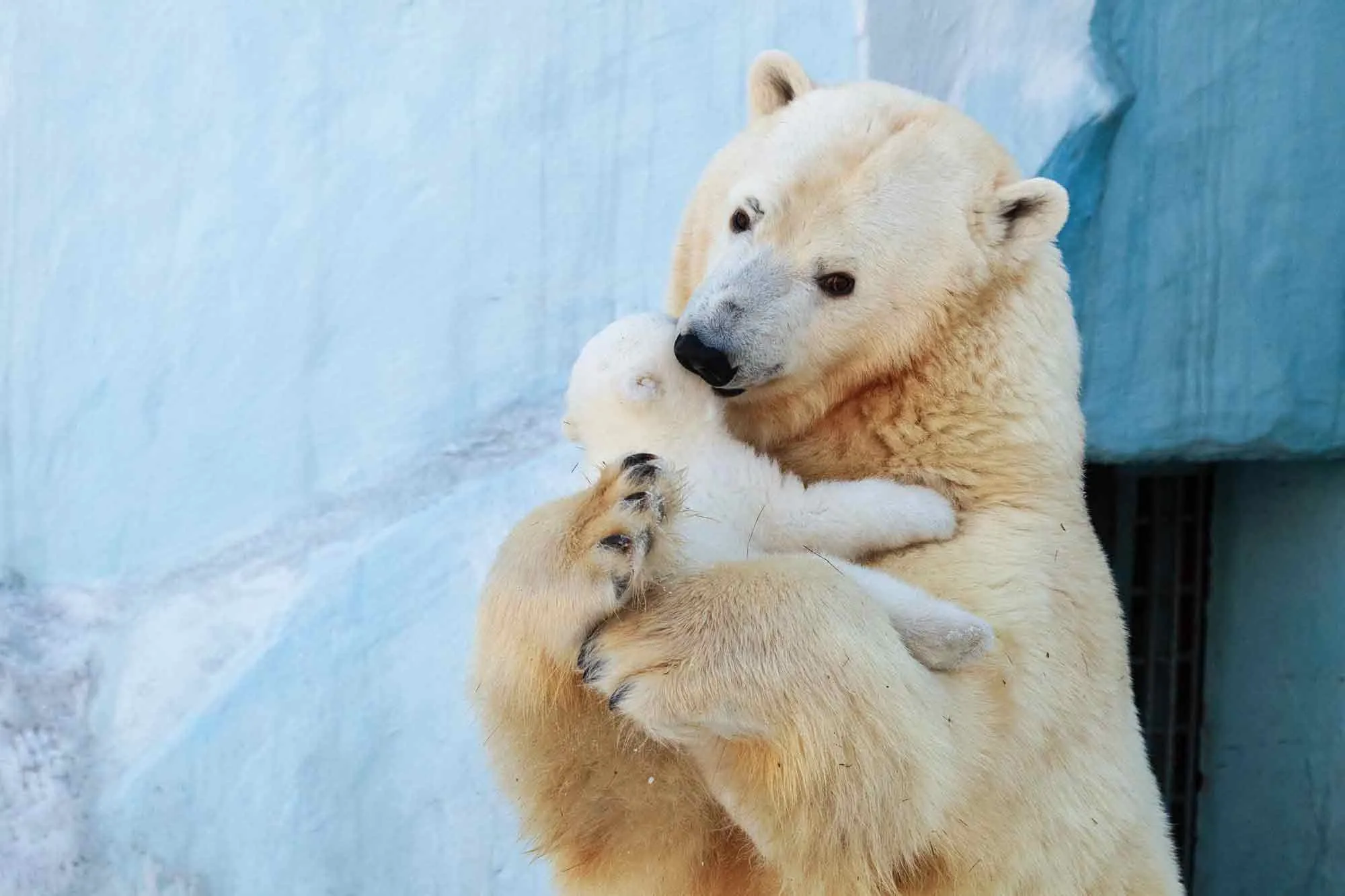Snow leopard lives exclusively in mountain ranges, at an altitude of 5000 meters. For many years snow leopards were an attractive prey for hunters because of their fur. Snow leopard is very timid toward human, even in extreme cases rarely defends and attacks humans. In Novosibirsk Zoo snow leopards are living since 1964. Long-term observations allowed the Zoo staff to learn a lot about these animals and make conditions for them. Novosibirsk Zoo is considered one of the few zoos where snow leopards breed successfully. Despite such successes, one needs to say, that breeding of irbis in captivity is unstable. For the past 18 years, 10 cubs were born in the Zoo. Female snow leopards are very good mothers. There was only one case in 1980, when the mother was unable to feed the baby because of health problems and a foster was found. Snow leopard kitten was called “Bil”, and Siberian lynx fed him. Snow leopards, born in Novosibirsk, enriched collections of zoos in Moscow, Perm, Kazan, US cities. Snow leopard is the symbol of the Novosibirsk Zoo.
Read more.
Mammals
Find a pet

